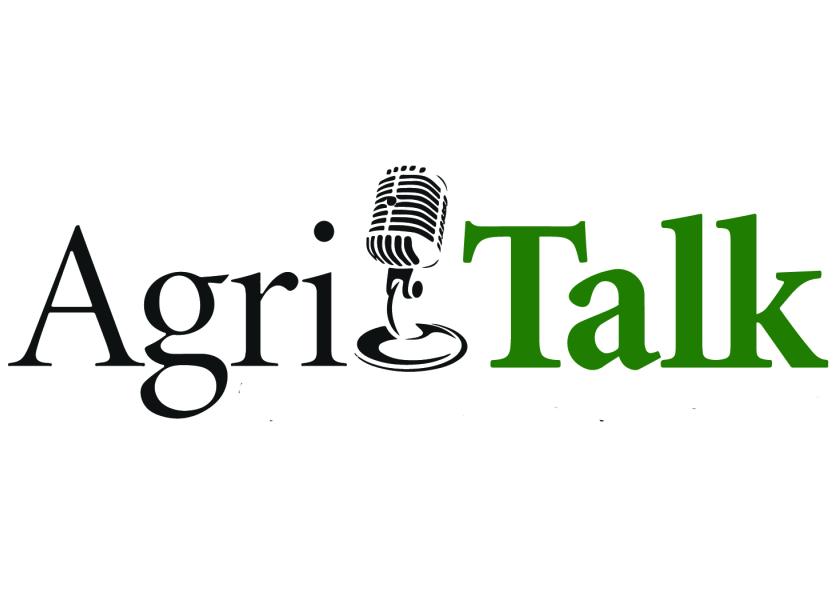AgriTalk: Rough Week After Tyson Fire, Markets Will Adapt

While the fire at Tyson’s Finney County plant has added heat to the U.S. cattle market, Drovers editor Greg Henderson expects the industry will adapt. However, it will increase pressure on beef packers.
While the U.S. beef packing industry is running near capacity, it has room for growth, says Henderson in reference to a report by Sterling Marketing president John Nalivka.
“John Nalivka says capacity utilization is already at 91%,” Henderson says. “Take 5% out with the Finney County plant. Now that goes to 96%. Can we slaughter that many cattle? Yes, we can. We did that before.”
In 2000, the industry was running at about 95.8% capacity and still killed about 30 million cattle, Henderson says. While many aspects have changed, such as some plants going offline, he believes the U.S. beef industry will similarly adapt. This does not mean prices will be unaffected by the change in supply, however.
“We know the carcass prices are going to go up, and the boxed beef prices are going to go up,” Henderson says. “The meat that was already in that Garden City plant has already been destroyed.”
As prices go up, Henderson says the labor shortage adds a layer of complexity.
“Tyson said, ‘We’re going to pay all of our workers a 40-hour week until this plant is reopened,’” Henderson says. “That’s a smart move by Tyson, but it also gives an indication this labor shortage is pretty tight. They’re saying, ‘We don’t want those workers going somewhere else.’”
AgriTalk host Chip Flory questions whether this situation would give packers an increased advantage in a market in which they were already favored.
“I don’t know if we can even say it was balanced because that plant was already buying cattle three weeks out,” Flory says. “The balance is out of whack.”
Regardless of who ‘wins’ or ‘loses’ from the situation, Henderson says the industry will see impacts on carcass quality. If cattle are shipped to Dakota City and Lexington to compensate for the Tyson plant’s closure, carcass quality may suffer from the increased shipping distance.
“I think we’re going to have fewer choice carcasses to sell,” Henderson says. “Even if they put more weight on cattle, which is what we are expecting because of this delayed marketing, I think there is going to be carcass quality problems this fall.”
However, while the immediate aftermath of the fire may be challenging, Henderson believes the markets will even out.
“There’s a lot of scrambling going on, and this week is going to be rough,” Henderson says. “It is going to take a little bit of time, but I don’t see a train wreck coming in weights.”







